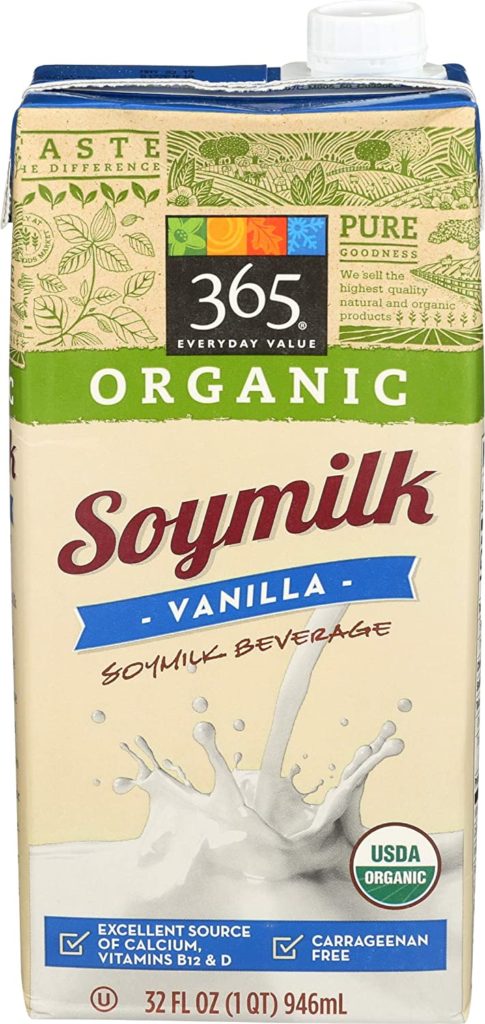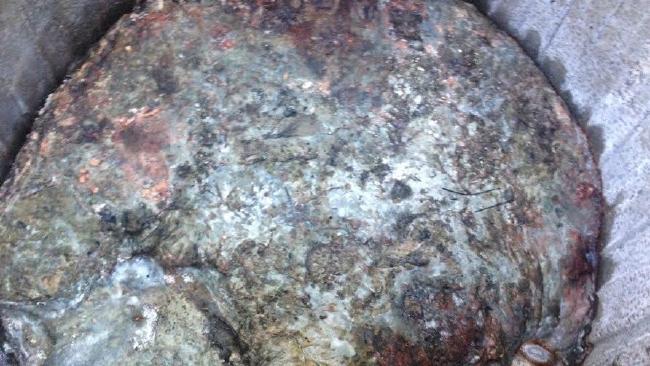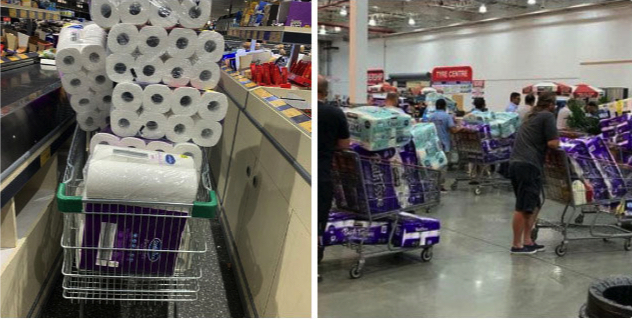Aseptic packaging, also known as juice boxes or Tetra-Pak bricks, are not recyclable. Don’t put them in your recycling can. They should go in your regular garbage can. Although Berkeley and Oakland recycle a very wide variety of plastic products, there is no practical way to recycle aseptic packaging. That is because this packaging is not made out of a single material, like paper or plastic. Aseptic packaging is a combination of plastic, paper, and metal foil all glued together. On the city of Berkeley web site, it says that they don’t accept aseptic packaging for recycling because they “have uncertain end markets.” What does it mean? It means that although it is theoretically possible to recycle this stuff, there is no practical way to do it. Aseptic packaging is one of reasons why China, India, and many other countries will no longer accept American trash for recycling. Americans mix everything together in recycling cans – products that are recyclable, products that Americans think are recyclable but actually aren’t, plus ordinary garbage. The food processing and plastics industries in the U.S. have been criticized for a long time for labeling products ‘recyclable’, ‘biodegradable’, and ‘compostable’ in ways that are either highly deceptive or just plain false. Plastic products that are often labeled ‘recyclable’ but that are not actually recyclable include: coffee cup lids, coffee stirrers, straws, cutlery, bottle caps, potato chip bags, and styrofoam. Remember – you can often get a lot more garbage in your garbage can if you take the caps off aseptic boxes and milk cartons first!



